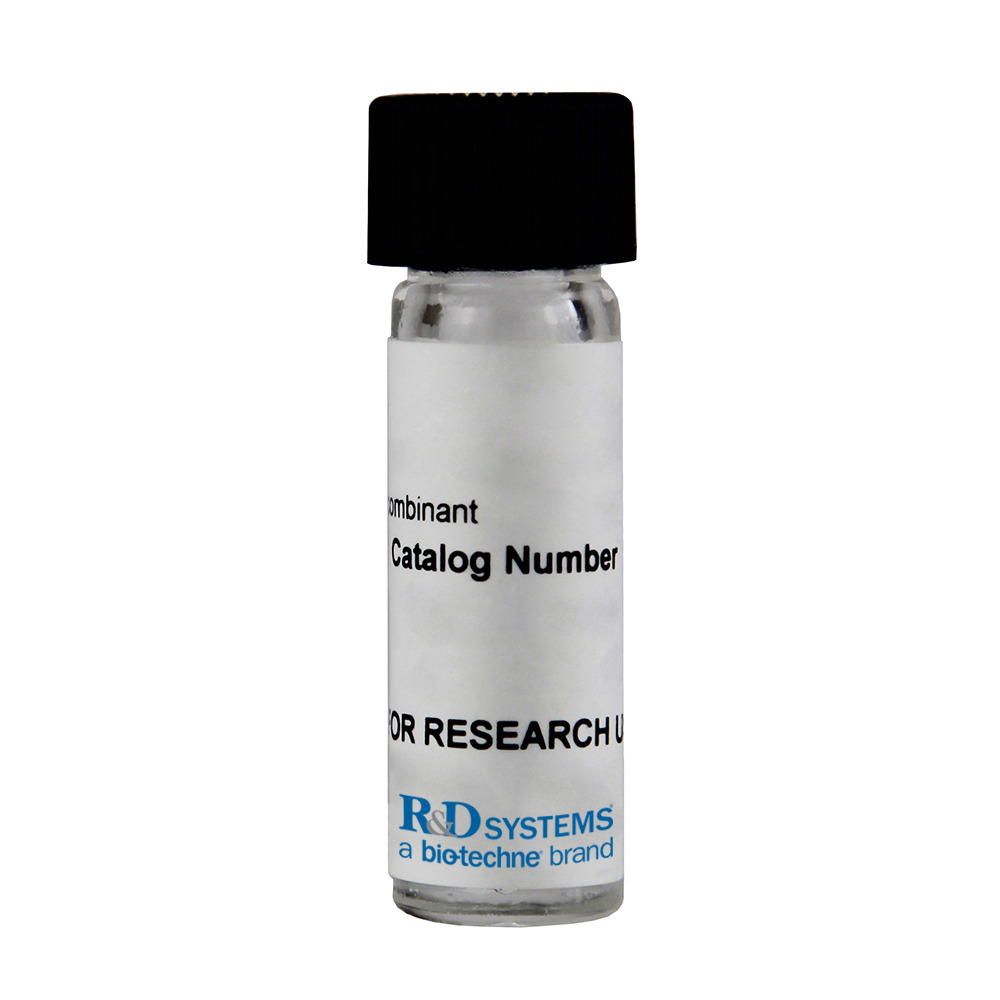Products Related to pkc
"pkc" has 16 results in Resources.
Gene Expression in the Aging Brain
ArticleMany studies have assessed the anatomical, physiological, and cognitive changes that occur in the brain as we age.1 For instance, brain regions such as the prefrontal cortex (PFC), undergo significant age-related volume decreases, and neuroimaging studies reveal age-related activity changes in the PFC associated with memory performance tasks.2-4 Although cognitive changes are certainly variable...
More InfoPlatelet Activating GPCR Signaling
PathwaysOverview of Platelet Signaling Through Activating GPCRs G protein-coupled receptors (GPCR) enahance platelet activation in response to 5-HT (serotonin), the purines ADP and ATP, prostaglandin E2, thromboxane A2, adenosine, norepinephrine, and thrombin. GPCR signaling leads to the activation of G proteins, Src familiy kinases, PKC, and PI-3 Kinase. GPCR signaling induces platelet granule release,...
More InfoPlatelet GP Adhesion Protein Signaling
PathwaysOverview of Platelet Signaling Through GP Adhesion Proteins The GP family of glycoproteins mediate the initial adhesion of platelets to the endothelium. They interact with several ECM molecules at sites of endothelial damage and also with circulating soluble factors. GP adhesion proteins associate in cis with other platelet surface molecules and initiate intracellular signaling that leads to the...
More InfoPlatelet Activated Integrin alpha 2b beta 3 Signaling
PathwaysOverview of Platelet Signaling Through Activated Integrin α2bβ3 Integrin heterodimers are expressed on resting platelets in inactive conformations. They become activated by the recruitment of a RIAM-Rap1 containing protein complex in response to signaling from GP glycoproteins, GPCRs, and integrins themselves. Of the various integrin heterodimers expressed on platelets, Integrin α2bβ3 plays a...
More InfoPathogen or Damage-activated C-Type Lectin Receptor Signaling Pathways
PathwaysC-type lectin receptors (CLRs) are a large family of soluble and transmembrane proteins that contain one or more distinct protein folds known as C-type lectin-like domains (CTLD). A small subset of these proteins has been categorized as pattern recognition receptors due to the fact that they are activated by specific pathogen- or damage-associated molecules and induce signaling pathways that...
More InfoOncostatin M Signaling Pathways
PathwaysOverview of Oncostatin M (OSM) Signaling Pathways Oncostatin M (OSM) is a member of the IL-6 cytokine family, which also includes IL-6, IL-11, IL-27 p28/IL-30, IL-31, Leukemia inhibitory factor (LIF), Cardiotrophin-like cytokine (CLC), Ciliary neurotrophic factor (CNTF), Cardiotrophin-1 (CT-1), and Neuropoietin. OSM is produced primarily by activated monocytes and macrophages, activated T cells,...
More InfoChemokine Signaling Pathways
PathwaysFeatured Literature Chemokine Superfamily Poster View Poster Overview of Chemokine Signaling Pathways Chemokines are a large family of small (typically 8-14 kDa), chemoattractant proteins that play a central role in controlling leukocyte migration during development, homeostasis, and inflammation. Following secretion, soluble chemokines or those localized to...
More InfoEphrin-B2 Controls VEGF Receptor Endocytosis & Angiogenic Sprouting
ArticleAngiogenesis specifically describes the sprouting of new blood vessels from the existing vasculature. This process requires the formation of endothelial tip cells, highly motile cells that invade the surrounding tissue.1 Endothelial tip cells guide the direction of new blood vessel growth by extending sensory filopodia that react to chemical signals in the surrounding environment. Endothelial...
More InfoNeed help at the cell surface? Ask your local sheddase.
ArticleSheddases cleave membrane proteins at the cell surface, releasing soluble ectodomains with altered location and function. Some sheddases are membrane proteins themselves that belong to metalloprotease (ADAM and MMP) or aspartic protease (BACE) families. Their activity can be constitutive or regulated through various processes such as PKC activation, Ca2+ influx, and lipid rafts.1-3 A single...
More InfoTLR4: Contributing to Metabolic Syndrome in Multiple Tissues
ArticleObesity has increased dramatically in the United States with serious health consequences.1 The metabolic consequences of obesity, often termed metabolic syndrome, include lipotoxicity, inflammation, and insulin resistance, which increase the risk of type II diabetes, atherosclerosis, hypertension, and cardiovascular disease. Obesity-related lipotoxicity is thought to result from overloading the...
More Info


